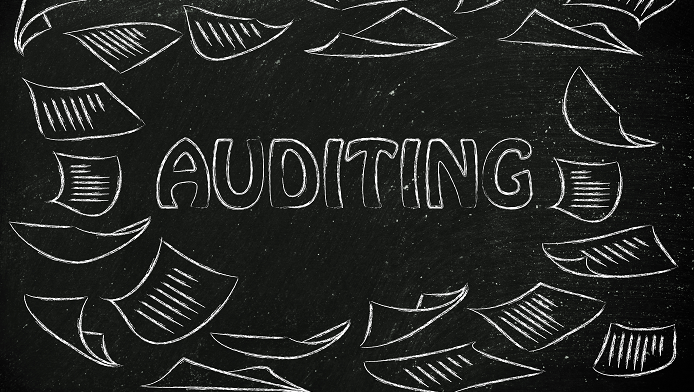Step 1 is to fully understand the standard or requirement, which we are auditing against.
If it is a regulation – what is the current issue (are there any changes due – check for Notice of Proposed Amendments) the more background knowledge the better able you are to make good audit decisions.
It if is an internal process or Procedure – who is the owner or responsible person (do they know that you are going to be auditing there procedure?). It is good business manners to inform them – again take the opportunity to ask if there are any planned changes to the procedure or process.
Always taking the opportunity to ask open questions, which will aid and benefit understanding of the background related to the audit subject matter.
Step 2 – develop a check, list which will be used in support of the audit – see “Audit Checklists Management, Development and Validation – Use of Checklists during the Audit”.
Always remember that the check list should be treated as an aid “memoire” do not become a checklist slave!
Step 3 Techniques which contribute to an effective audit are:
a) Interviews or discussions with personnel;
Learning how to communicate effectively during an audit is an acquired skill learning how to ask open questions and help the auditee to develop comprehensive replies. (this is where we can gain leverage and value during the audit)
b) Review all published documents against the known standards – what are you looking for ? – essentially consistency and off course “gaps” if there are any – but remember the rational of the audit is not to look for problems but to validate conformity.
Check and examine an “adequate” sample of records! – note the use of a word which is very subjective – what does it mean ? what does sufficient mean ? – Deal with it in the context of the size and scope of the audit.
c) Witnessing of the activities which make up the operation; The more confidence in the correct following of the process and the procedures the better – but note that we want to avoid a “pony show” where the auditee puts on a special show just for us with the most experienced persons being present for the “audit” – means what you are seeing is far from Normal.
d) Recording of Observations – We need to record what we are looking at so that we can make reference to it later – also if there any anomalies we must clearly identify why there is a discrepancy so that we can act on it.
Sofema Aviation Services www.sassofia.com and EASAonline www.easaonline.com currently offer more than 45 courses related to the role of quality auditing – please email office@sassofia.com or easaonline@sassofia.com for more details.




